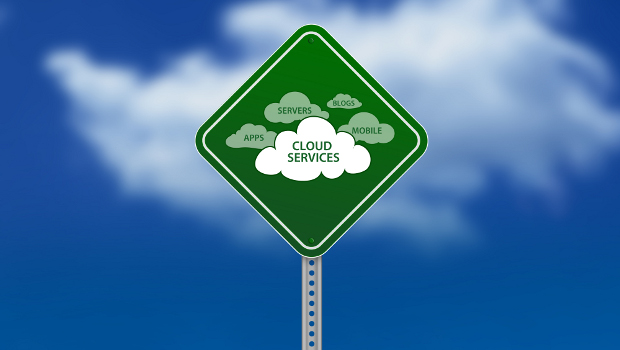
As-a-service at your service
Longform
Image: Stockfresh
| Cloud 2.0 |
| “As some applications or tiers don’t run well in virtual machines, some cloud providers deliver a mix of physical and virtual servers that can be provisioned from the same interface” |

Egenera : Gerry Murray |
Strong financial incentives and support, excellent telecommunications infrastructure and an educated work force have combined to make Ireland a highly attractive location for cloud service providers. With the economy now improving, we should expect to see this trend accelerate as more businesses turn to the cloud to host their IT infrastructure and applications.Given that, what will we see over the next few years? There is a major cloud transformation underway, what some refer to as Cloud 1.0 to Cloud 2.0. It is similar to what has transpired from everything from cars to phones to computers, where the original one-size-fits-all morphs into an unimaginable variety of options. The same is happening with the Cloud, as Amazon EC2-like virtual cloud instances give way to an increasingly specialised, fragmented market where businesses can pick and choose the services that work best for them.For example, while the initial cloud market was driven by IT organisations who needed additional, occasional computing resources for test and development, we now see the emergence of highly available, highly secure cloud service that can host an organisation’s complex, multi-tier, mission critical applications. As some applications or tiers don’t run well in virtual machines, some cloud providers deliver a mix of physical and virtual servers that can be provisioned from the same interface.Another good example is the growing usage of hybrid clouds, which combine private clouds (either at a business’s premise or hosted as a virtual private cloud) with seamless access to public cloud resources. This can provide the data security and performance needed with some applications with the on-demand resources needed for front end Web services or development and test.Another example is specialised cloud services, such as Back-up as a Service, Desktop as a Service or Recovery as a Service. These specialised services are becoming more common and often provide the most cost-effective solution for a specific problem.
This is the strategy that Egenera and with its local partner Datasolutions (Silverline.ie) is committed.The move to a diverse, multi-cloud, enterprise-class cloud market is underway, and despite concerns about security and privacy, it is a trend that won’t be stopped. The key for businesses is to find providers they trust, who offer just the services needed at a price that makes financial sense. In Ireland, there an increasing number of these, so start by looking at home.
|
| Cloud drivers |
| “New cloud services include Disaster Recovery-as-a-Service, Networks-as-a-Service and Desktop-as-a-Service” |

Datapac : Patrick Kickham, director |
| There are a number of key drivers shaping enterprise cloud services in Ireland today. These drivers are derived from both the business and end user’s expectations.Businesses are demanding that enterprise cloud services provide increased IT agility, scalability and flexibility all for a predictable cost and cloud providers are responding to this growing demand by continuing to add software and services to the cloud.Services such as Infrastructure-as-a-Service (IaaS), Software-as-a-Services (SaaS) and Platform-as-a-service (PaaS) remain as the prevalent delivery models with newer services increasing in popularity. These services include Disaster Recovery-as-a-Service (DRaaS) which replicates ICT services in a fast and simplified manner to the cloud, thereby reducing the threat of downtime or lost data if a system fails; Networks-as-a-Service (NaaS) which offers organisations further flexibility in the way they receive and utilise their network infrastructures and applications; and Desktop-as-a-Service (DaaS) which allows greater flexibility and control over desktops, applications and data deployed to end-users.The second key driver shaping enterprise cloud services is the end-user. The latest generation joining the workforce expect instant access to all communications devices and applications from any location. It’s what they are used to in their personal lives with instant access to multiple social media platforms and other communications platforms. Businesses need to be able to provide this generation with similar tools, albeit ones that are fully secure and integrated as part of the corporate communications suite. This also applies to the growing mobile workforce and the provision of cloud-based Mobile Device Management, allowing remote workers to access data and applications on any device in a secure manner.For all organisations considering a move to the cloud, it’s vital that their service provider has all of the requisite skills and capabilities to manage their infrastructure, applications and services. Ideally, they should also have strong partnerships with a wide array of core vendors and partners in key areas so that they can give the customer a tailored solution which exactly meets their needs. |
Pages: 1 2 3 4 5 6 7 8 9 10 11 12
Read More: IaaS Inside Track JJ Worrall longform PaaS SaaS
Subscribers 0
Fans 0
Followers 0
Followers